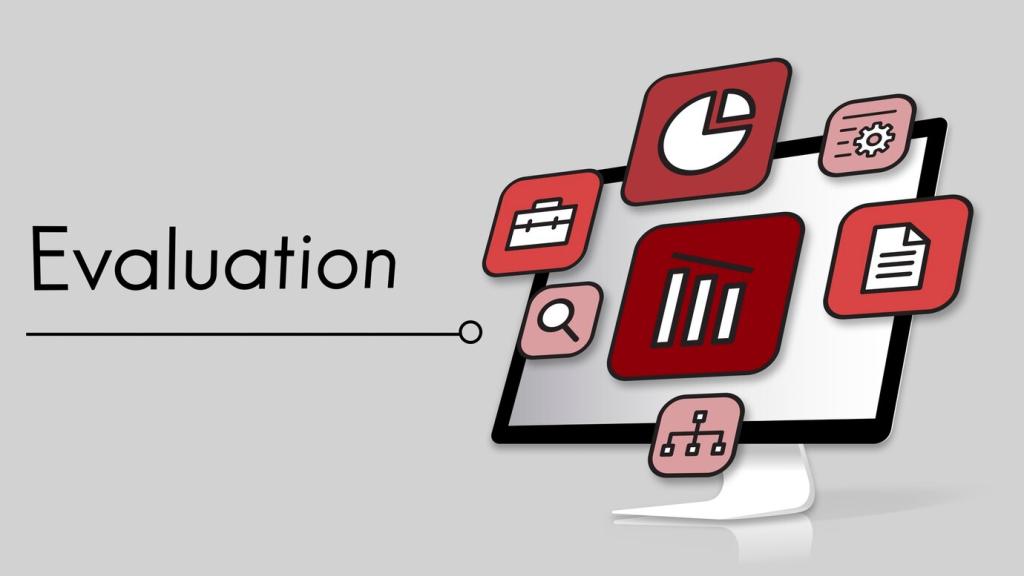Communicate, Track, and Iterate
Lead with business outcomes, then supporting evidence. Replace jargon with narratives: here is the scenario, here is the exposure, here is the fix, here is the confidence. Ask leaders for feedback openly.
Communicate, Track, and Iterate
Choose indicators like patch latency, privileged account sprawl, and unresolved critical findings. Assign owners and thresholds. Dashboards mean nothing without clear responsibilities and consequences that actually drive behavior.










